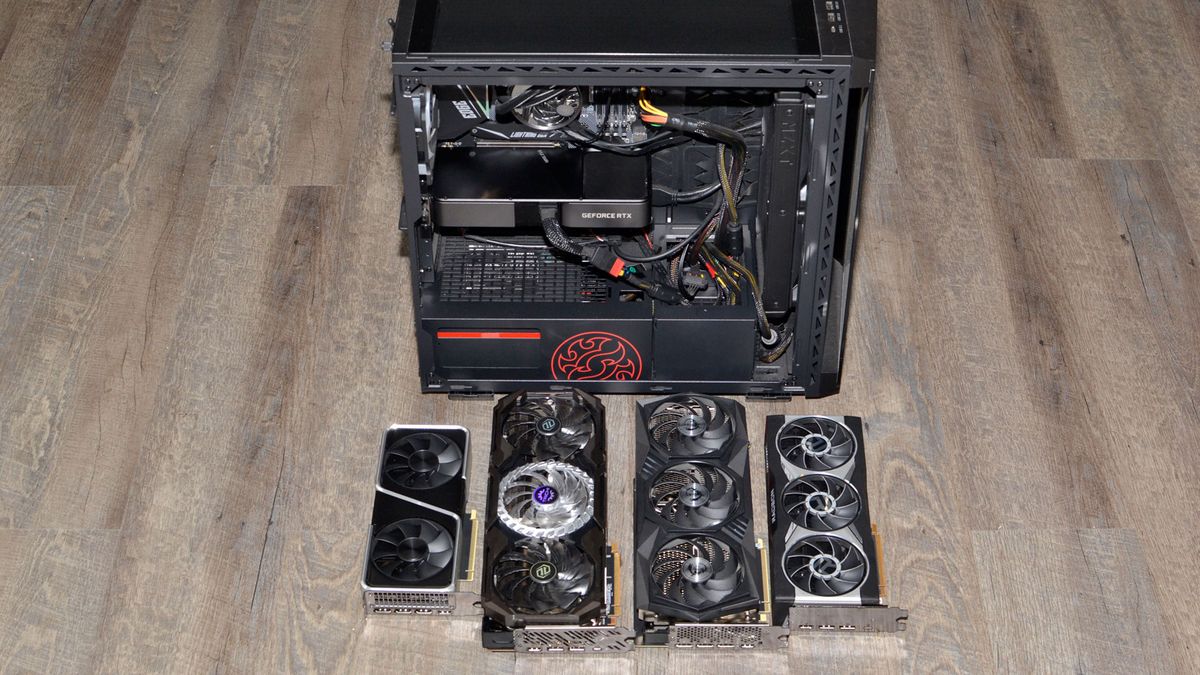bdobyns
New member
One of the biggest draws in the camera bodies I use or have used, d500, 5, 850, z6 and z9, over the past 10 years or so was the speed of the xqd and now the cfexpress card. I cover a ton of sports and macro and I hate waiting. My current computer build is an Asus am5 mobo, pro art, 64 gb ddr5, 3 m.2 storage drives and usb 4. This is to ensure the highest transfer rates both to and from storage media and applications, mainly lightroom classic, photoshop, topaz and zerene stacker. I am not satisfied with rendering time and was hoping I might get some advice as to what type of video (graphics) card upgrade might help. I do zero gaming. Thanks for your help.


